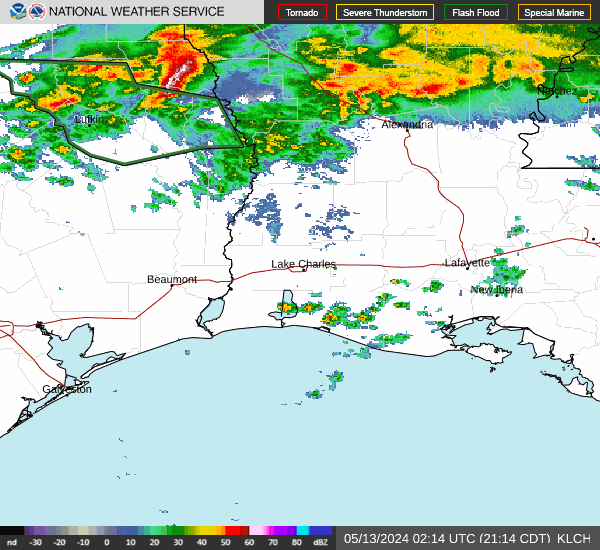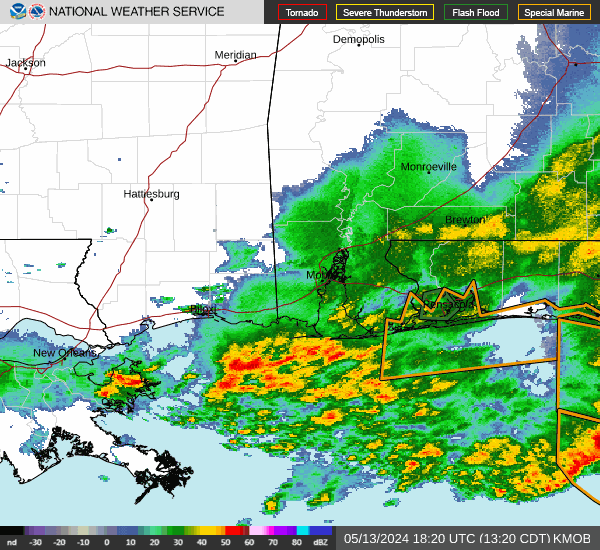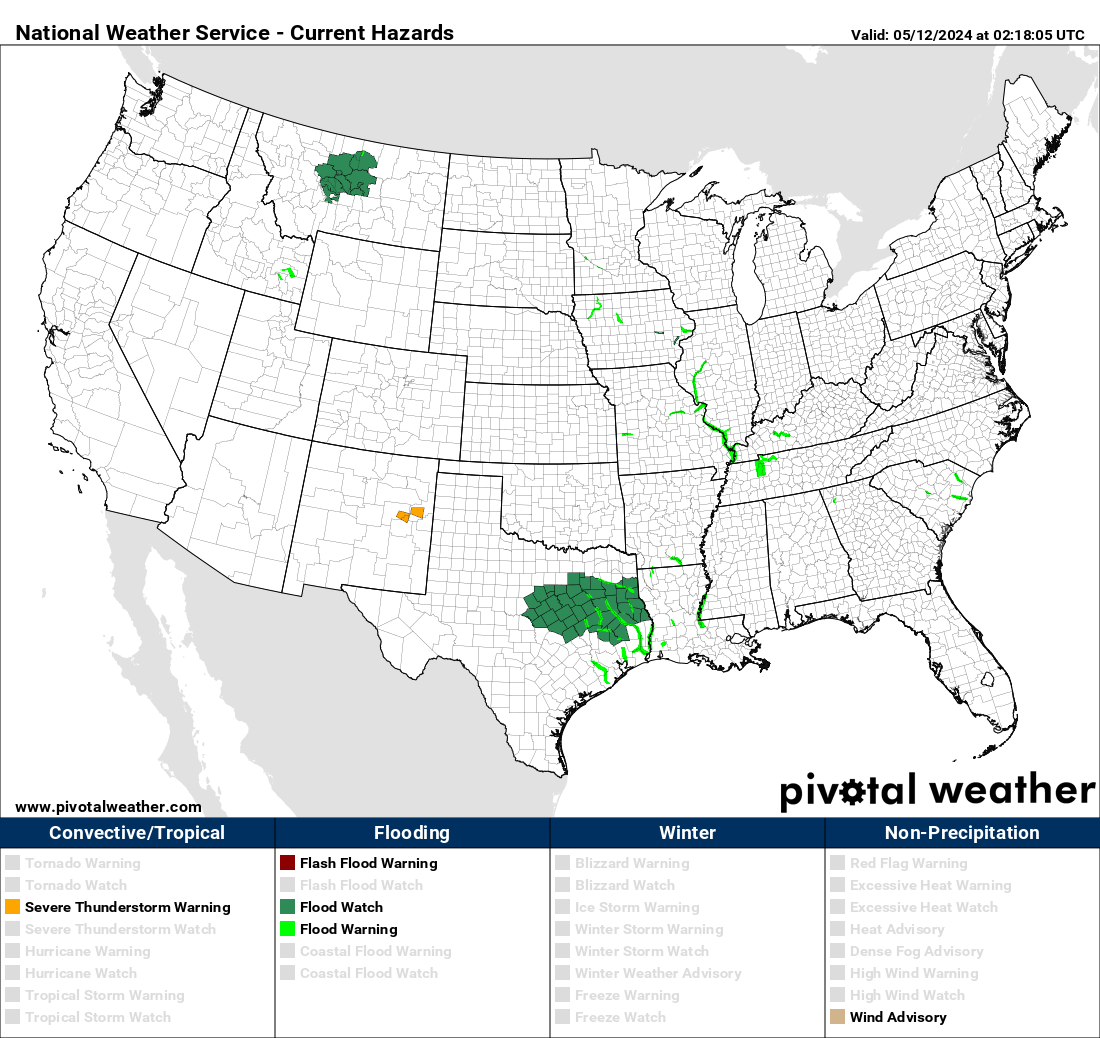Post by geo2 - Bush/Waldheim Metroplex on Mar 21, 2022 16:05:59 GMT -6
Will spend the greatest focus on the Tuesday system with the
short-term forecast as many, potentially significant weather
hazards will be possible across our area beginning less than 24
hours from now. Going to break it down in accordance to specific
aspects of the system below.
PRE-EVENT SYNOPSIS/OVERVIEW: Short-range models continue to
confidently handle a complex upper-level pattern taking place just
to our west, with longwave troughing over the intermountan west
breaking down into a closed-upper low, detached from the base of
the trough over the northern Plains. A sampled embedded impulse of
energy within the cyclonic mid-level flow will continue to rotate
into north-central Texas, aiding in convective development within
a broad unstable warm sector ahead of low genesis in west Texas.
This low will continue to slowly drift northeast early Tuesday,
likely becoming occluded underneath a stacked closed low at each
tropospheric layer. Meanwhile, a cold front will slowly drift
east into East texas daybreak Tuesday with lingering convection
from earlier overnight activity slowly drifting east into western
LA.
CONDITIONS AHEAD OF ACTIVITY EARLY TUESDAY: Our local conditions
to start the day Tuesday will be breezy with partly to mostly
cloudy, but picking up mid-morning due to increase gradient winds
and downward flux momentum transport building within a mixed PBL
layer. Noticed short-range guidance hint at very high downward
transport wind potential, possibly higher than what is mentioned
in the wind advisory and will closely monitor if any upward
adjustments are needed. Surface moisture will continue to
increase reaching the mid to upper 60's, even some 70's near the
coast. HREF ensemble mean cloud cover potential per layer does
illustrate the potential for periods of sunshine breaking out
through the day, which was a concern for a few days now as CAMs
attempted to depict a highly moist LCL to low-level layer, but
recent HRRR guidance has shows some trends slightly drier now
going into late morning/afternoon revealing likely Cu field or Cu
streets within a strong pre-storm WAA regime. Temperatures
confidently remain on 75th percentile for highs, with much higher
confidence now with the potential for sunshine meaning many areas
will likely reach the low 80's.
SEVERE WEATHER: As advertised for a few days, jet dynamics become
a big player in the expectation of secondary low genesis or sfc
trough over east Texas, tracking NE into MS. The lead phased
subtropical jet downstream of the trough axis will amplify in the
northwestern Gulf, with a secondary jet axis pulling north into
the mid MS valley region. This is favorable dynamic setup at both
left exit (subtropical) to right entrance (northern jet) to
support amplifying divergence and eventual secondary low genesis.
This will translate into a re-developing LLJ in excess of 50-60kt+
over central LA, entering our CWA around noon. Meanwhile,
convection ongoing across central LA begins to build into the
Atchafalaya basin mid/late AM near noon.
Two aspects of the system at this point will be vital, both
possibly affecting the downstream evolution of the other or
become completely separate of their own. We have been messaging
timing, but CAM members continue to attempt at discrete cellular
development maximized within peak diurnal heating within an
unstable pre-storm environment. Something to mention, surface
wind direction will translate from the SE to eventual SSE to due S
from east to west stretching from the FL panhandle, west to the
QLCS entering our CWA. This has been noticed before ahead of
convection in similar synoptic setups, and typically can lead to
sfc/low-level convergent axis or boundaries, supporting enough
accent to help local updraft growth and produce cellular
development. To what extent? HRRR soundings today (started
trending and showing this late yesterday) are not overly intense
with a capping inversion, attempting to erode from the response of
deep-moist ascent as early as 12-15Z. It is very possible these
aforementioned "cloud streets" of very small, convergent mesoscale
boundaries could lead to shallow showers, perhaps a few storms
well ahead of the approaching line. But will we be within close
enough dynamic forcing to quickly intensify these cells into
discrete supercells or will these only be shallow. We reach Tc,
especially within a highly unstable pre- storm environment and
hodograph orientation well in advance supports supercells. I tend
to believe with SRH in the 300-400m2/s2 range earlier on, showing
signs of reducing slightly into the later afternoon will be enough
to atleast have cells along these boundaries (or even
differential heating boundaries depending on the amount of
sunshine builds) to spin. Any cellular development in a region of
high shear/building instability will require close attention.
A wide buoyant sector ahead of the QLCS entering our western area
is large, with MLCAPE extending above 1000J/kg as far east as the
AL/FL panhandle. A QLCS with embedded bows within high shear will
support the potential for areas of mesovortex genesis given
30-40kt+ 0-3km bulk shear, as well as locally damaging winds
rooted to the aforementioned LLJ. Large hail will also remain a
risk, given -11 to -13C H5 temperatures and -6.5 to 7C/km H7-H5
lapse rates. The LLJ will attempt at pulling away Tuesday evening
and night, with surface winds transitioning/bearing slightly
greater than 180 owing to a slight reduction in 0-1/0-3km SRH.
Seeing indications that the southern portion of the line may
become outflow dominant across coastal SE LA and adjacent marine
areas, but unsure on how this will effect the line going across
coastal MS. Simply put, the current SPC day 1 convective outlook
pairs well with current thoughts, with main focus in the MDT for
peak greatest instability matched with strong shear. What remains
in question is the development of small-scale convergent
boundaries or differential heating boundaries helping of aid in
enough ascent to develop discrete cells out ahead. Focus on the
near-storm mesoscale environment will prove vital on Tuesday, as
always we will be closely monitoring.
In addition, areas along/north of I-10/12 remain under a Flash
Flood Watch on Tuesday. High moisture content with PW's in the 1.6
to 1.9 inch range will lead to intense rainfall rates. Regardless
of antecedent conditions, heavy rain could lead to areas of flash
flooding even with eastward propagation of the line likely
continuing. Not anticipating any stalling as the line appears
progressive, with less overall QPF forecast south of I-10/12.
As we've been messaging with this system, pre-storm preparedness
is vital. Be weather aware, have reliable ways to receive
warnings and take action if a warning is issued for your area. Pay
attention to local broadcast, news, radio, or follow our
twitter/facebook for more information. The good news is this front
will be quickly out of here Tuesday night into Wednesday morning.
Can't rule out some lingering stratiform showers behind the main
line but we are not anticipating any additional hazardous weather
after the front passes, with a nice day on Wednesday expected
with mild afternoon temperatures. KLG
I only understand a portion of this, but I appreciate the detailed analysis.


















